Shop our historical maps
Culture
Fimbul winter in Norse mythology

Nov
In Norse mythology, Fimbul Winter is a long and bitterly cold period of time, preceding the end of the world. The Fimbul winter takes its name from the Old Norse words for mighty (fimbul) and winter (vetr).
In Snorre's Edda it is described that the Fimbul winter lasts for three whole years with no summer in between. Relentless snowstorms sweep across the world, the frost becomes as hard as iron and the winds are so grim that the sun's warmth is consumed. The world is covered in snow and ice and in desperation people begin to fight each other. Eventually, Sköll the wolf devours the sun, while the stars fall from their mounts in the darkening sky. The people who have not died in the wars succumb to cold and starvation.
Watch the World of Science episode on Fimbul Winter
Fimbulvinter of Reality
In modern times, several scientists have suggested that the myths of Fimbul Winter may reflect popular memories of a climate catastrophe. In 536 and 540, two violent volcanic eruptions occurred somewhere on Earth, causing large amounts of particles to accumulate high in the atmosphere. For several years, this reflected away the sun's heat rays and plunged Europe into a cold period. In Scandinavia, where people were already living on the edge, the consequences were devastating. It is thought that up to half the population died. It is likely that disease and war also followed in the wake of the cold. For the people alive at the time, it must have seemed as if the end of the world was approaching.
Some archaeological finds from this period testify to the despair and powerlessness felt by the people of the time. Large quantities of gold objects were sacrificed to the gods, but there are also finds of images of the gods that have been desecrated in various ways. Perhaps people abandoned their faith in disappointment at the gods' lack of response.
Over time, the memories of this cruel period may have become part of the myths woven into the religion.
Print sources:
Branston, Brian (2016), Nordic mythology. Gods and heroes of the Viking Age, Ordalaget.
Egerkrans, Johan (2016), Norse gods, B. Wahlströms book publisher
Fritiofsson, Svipdag (ed. 2015), Edda: Snorre's Edda and the Poetic Edda, Mimers book publishing house
Hultkrantz, Åke (1991), Who is who in Norse mythology. Characters and adventures in the world of Eddan's gods, Rabén & Sjögren
Rydberg, Viktor (2014), The fathers' god saga, Mimers Book Publishing
Unprinted sources:
https://www.svtplay.se/video/20966844/vetenskapsfavoriter/vetenskapsfavoriter-fimbulvintern
https://sv.wikipedia.org/wiki/Fimbulvinter
https://videnskab.dk/kultur-samfund/fimbulvinteren-er-ikke-en-myte
https://www.svt.se/nyheter/vetenskap/mytisk-extremvinter-visade-sig-stamma
First published on Cultural memory
Subscribe to YouTube:
If you appreciate Allmogens independent work to portray our fine Swedish history and Nordic culture, you are welcome to buy something nice in the shop or support us with a voluntary donation. Thank you in advance!
Support Allmogens via Swish: 123 258 97 29
Support Allmogens by becoming a member
Support Allmogens in your will
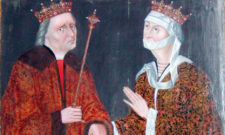
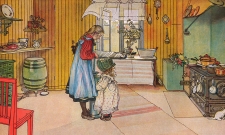


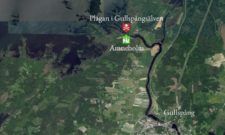
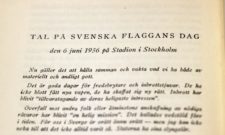


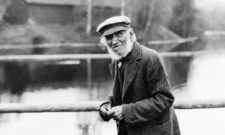
Now that Eddy minimum may be coming in, Swedish agriculture is in trouble. What has always been the real resource of life in the Nordic countries - the cow - has today become an "environmental problem"... the economists of Agrifood, who control Swedish agricultural policy, demand that Swedish industrial cows increase their annual milk production by 1500 litres. That is, upwards of 12-13,000 litres/kg per year... Compared to the medieval, and earlier, 2500-3000 litres per year... This change has taken place in a very short time, as the medieval level of production remained in place until the 1980s sometimes. Despite the fact that the state through intensive management to favour imported breeds (Dutch and English nut breeds) did not succeed in eradicating the country breeds except in Southern Sweden up to Dalarna... The short period that the modern industrial society had free rein is possibly over with Eddy Solar Minimum. The problem is that politicians and economists are completely psychologically locked into an industrial mindset that does not take biological facts into account, but only simple economic industrial functions. When the economic crisis that must blossom after the economic imbalance that has become so evident after -08, there will also be a food crisis of proportions comparable to the Fimbul Winter of the 5th century.